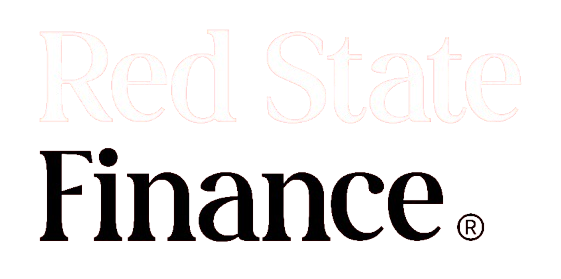U.S. single-family homebuilding experienced a significant downturn in July, reflecting the ongoing challenges faced by the housing market as higher mortgage rates and elevated home prices deterred potential buyers. This decline suggests that the housing sector, a crucial component of the U.S. economy, continued to struggle as the third quarter began.
According to data released by the Commerce Department’s Census Bureau on Thursday, single-family housing starts—a key indicator of the housing market’s health—plummeted by 14.1% to a seasonally adjusted annual rate of 851,000 units in July. This marked the fifth consecutive month of decline in homebuilding, underscoring the persistent difficulties in the sector.
When compared to the same period last year, the decline in single-family housing starts was even more pronounced, with a 14.8% drop in July on a year-over-year basis. The housing market has been grappling with various headwinds, most notably the surge in mortgage rates earlier in the year, which effectively dampened the momentum that the market had gained during the spring.
Residential investment, which encompasses all aspects of homebuilding, also contracted in the second quarter after showing positive growth in the previous three quarters. This contraction highlights the broader impact of the housing market’s struggles on the overall economy.
Although mortgage rates have eased slightly in recent weeks, with the average rate on a 30-year fixed-rate mortgage falling to 6.45% from a peak of 7.22% in May, the outlook for the housing market remains uncertain. Optimism that the Federal Reserve might cut interest rates next month has contributed to this decline in rates. However, the recent increase in new housing inventory to levels not seen since early 2008 could potentially limit any substantial rebound in housing starts.
The increase in new construction earlier in the year was partially driven by a shortage of existing homes available for sale. This scarcity of pre-owned homes had spurred demand for new homes, as buyers had fewer options in the resale market. However, the situation has begun to change, with the inventory of existing homes gradually rising from historic lows. This shift could further pressure the new construction market, as buyers may find more opportunities in the existing home market, potentially reducing the demand for new builds.
Adding to the concerns about the housing market’s health, a survey conducted by the National Association of Home Builders (NAHB) revealed that homebuilder sentiment fell to its lowest level in eight months in August. This decline in confidence among builders can be attributed to the persistent challenges in housing affordability, which have plagued the market for several months. Builders have consistently cited these affordability issues as a key factor behind the drop in sentiment, as higher mortgage rates and elevated home prices have made it increasingly difficult for potential buyers to enter the market.
In a further indication of the cautious outlook for the housing market, permits for future construction of single-family homes—a forward-looking indicator of housing activity—slipped slightly in July. The data showed that permits fell by 0.1% to an annual rate of 938,000 units. This slight decline suggests that builders may be hesitant to ramp up construction in the face of uncertain demand and the challenges posed by affordability issues.
Overall, the housing market’s struggles reflect the broader economic challenges facing the U.S. economy. While the easing of mortgage rates provides some relief, the combination of high home prices, rising inventory levels, and declining builder confidence paints a complex picture for the housing sector’s future. As the third quarter progresses, the market will likely continue to navigate these challenges, with the potential for further fluctuations in homebuilding activity depending on how these various factors evolve.
In summary, the sharp decline in U.S. single-family homebuilding in July highlights the ongoing difficulties in the housing market, driven by higher mortgage rates and home prices that have kept many potential buyers on the sidelines. With a combination of rising inventories, affordability challenges, and declining builder sentiment, the outlook for the housing market remains uncertain, even as mortgage rates show signs of easing. As the market continues to adjust to these conditions, the trajectory of homebuilding in the coming months will be closely watched as an indicator of the broader economic landscape.





